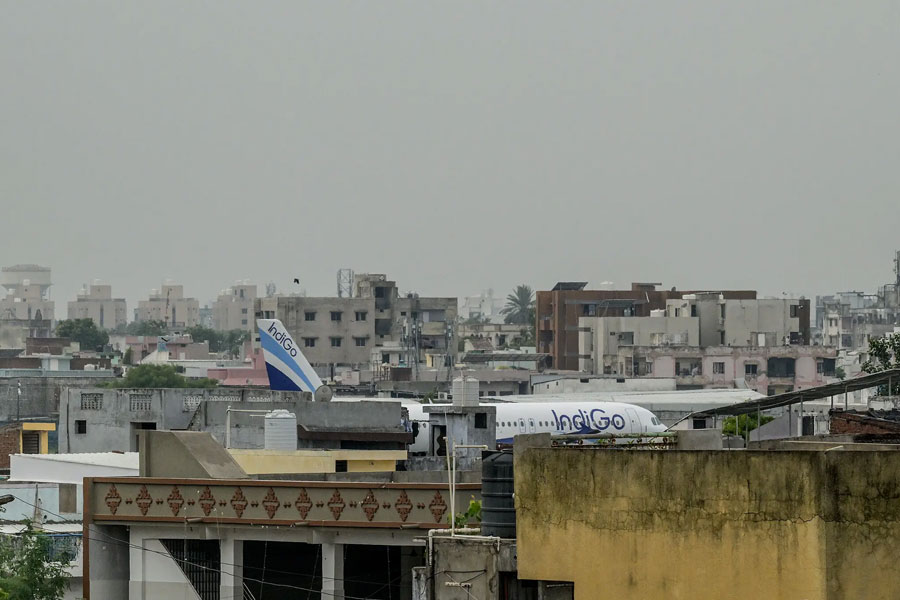 |
 |
 |
 |
| The 144-year-old warehouse at Hutikola island bears testimony to the technical brilliance of the British Raj. Telegraph pictures |
Paradip, March 22: A gigantic edifice cut from stone stands on an uninhabited island surrounded by mangroves as sea waves lap the shore. It’s a breathtaking sight. But neglect mars the 144-year-old colonial monument located near False Point lighthouse.
The 11,250 square-feet structure stands testimony to the technical brilliance of British engineers of that age. Once the warehouse of the erstwhile False Point Port, the structure on Hukitola Island is cradled by the Bay of Bengal and the mouth of the river Mahanadi.
A tourist’s delight, the site is an excellent eco-tourism spot. However, due to government apathy, the impressive structure is crumbling.
Cracks have developed all over the monument. Its iron pillar bars are feeble. The warehouse’s doors and windows made of Burmese teak have been vandalised. The walls and interiors of the structure have been defaced and disfigured. And here’s the hard truth: sources say that this historic building has never been maintained or refurbished since the British left India.
“The grand structure is a reminder that this region was a hub of maritime trade and commerce during the British Raj. It was the warehouse of the then False Point Port. The warehouse was specially designed to withstand salinity and is storm-proof. One of its significant characteristics is that the Victorian era monument has a meticulously planned rainwater harvesting system,” said Bijoy Kumar Rath, archaeologist and former superintendent of the state archaeology department.
The monument has managed to survive the onslaught of nature over the years because of the way it was built. It is 150 feet long and 75 feet wide and the roof measures 11,250 square feet. It has 11 large and nine small chambers. The height of the rooftop from land is 30 feet, Rath said.
British India’s former Cuttack collector John Beams and chief engineer of irrigation J. Huki Waker were the architects of the historic monument.
The great famine of 1866 had led the British to build the warehouse. Rice from various parts of the country made its way to Hukitola Island for storage and later, for distribution among the starving masses. The autobiographical account of John Beams — Memoirs of a Bengal Civilian — throws light on Hukitola’s past.
“It was under the stewardship and technical supervision of the then chief engineer of irrigation of Orissa, J. Huki Waker, that the edifice came up on the idyllic Island in 1867. Beam’s autobiography gives a detailed look into the Hukitola of yore. Stone blocks from the ruins of Cuttack’s Barabati Fort were put to judicious use to build the structure,” said Basudev Das, a researcher.
Akuli Charan Bhuyan, Kendrapara’s additional district magistrate, said that the structure had not been refurbished “mainly due to the fact that it was under the ownership of the post and commercial transport department”.
It is now being brought under the supervision of either the revenue and water resources department for conservation.
Manoj Kumar Mahapatra, divisional forest officer, Rajnagar Mangrove (wildlife) division, said the Victorian age structure is poised for renovation.
“It is being refurbished under the Integrated Coastal Zone Management Plan (ICZMP). The spot has immense potential for eco-tourism. The structure falls in the jurisdiction of Gahirmatha marine sanctuary. The state forest department will accord coastal regulation zone clearance for the implementation of ICZMP in Hukitola,” said Mahapatra.










